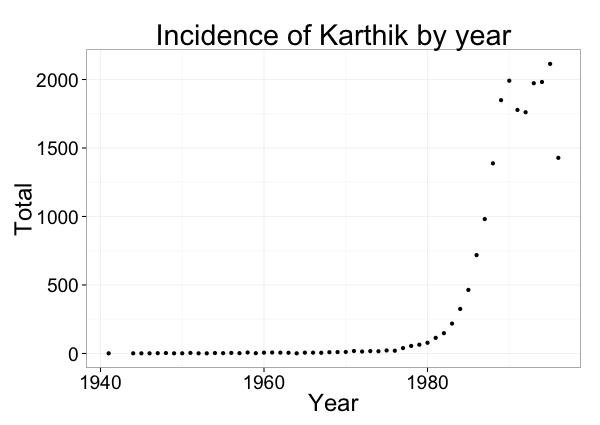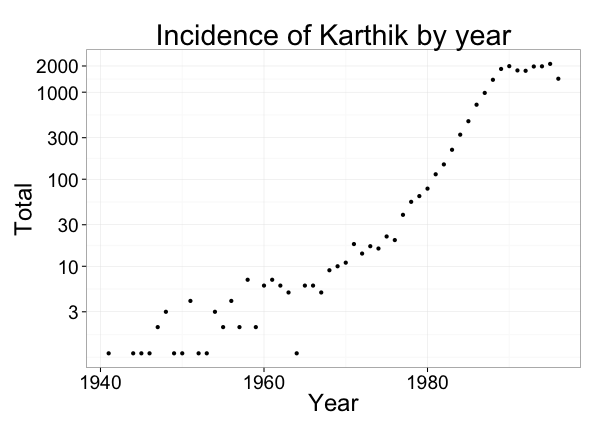Back in IIT, it was common to make fun of people from Andhra Pradesh for their poor command over the English language. It was a consequence of the fact that JEE coaching is far more institutionalised in that (undivided) state, because of which people come to IIT from less privileged backgrounds (on average) than their counterparts in Karnataka or Tamil Nadu or Maharashtra.
Now, in hindsight, making fun of people’s English doesn’t sound particularly nice, but sometimes stories come up that make it incredibly hard to resist.
This one is from Matt Levine’s newsletter. And it is about an insider trading ring. This is a quote that Levine has quoted in his newsletter (pay attention to the names):
According to the SEC’s complaint, Janardhan Nellore, a former IT administrator then at Palo Alto Networks Inc., was at the center of the trading ring, using his IT credentials and work contacts to obtain highly confidential information about his employer’s quarterly earnings and financial performance. As alleged in the complaint, until he was terminated earlier this year, Nellore traded Palo Alto Networks securities based on the confidential information or tipped his friends, Sivannarayana Barama, Ganapathi Kunadharaju, Saber Hussain, and Prasad Malempati, who also traded.
The SEC’s complaint alleges that the defendants sought to evade detection, with Nellore insisting that the ring use the code word “baby” in texts and emails to refer to his employer’s stock, and advising they “exit baby,” or “enter few baby.” The complaint also alleges that certain traders kicked back trading profits to Nellore in small cash transactions intended to avoid bank scrutiny and reporting requirements. After the FBI interviewed Nellore about the trading in May, he purchased one-way tickets to India for himself and his family and was arrested at the airport.
You can look at Levine’s newsletter to understand his take on the story (it’s towards the bottom), but what catches my eye is the grammar. I think it is all fine to refer to the insider-traded stock as a “baby”, but at least be grammatically correct about it!
“Enter few baby” is so obviously grammatically incorrect (it’s hard to even be a typo) that when intercepted by someone like the SEC, it would immediately send alarm bells ringing. Which is what I suppose possibly happened.
So my take on this case is – don’t insider trade, but even if you do, be grammatical about your signals. If you’re so obviously grammatically wrong, it is easy for whoever intercepts your chats to know you’re up to something fishy.
But then if you’re gult..


